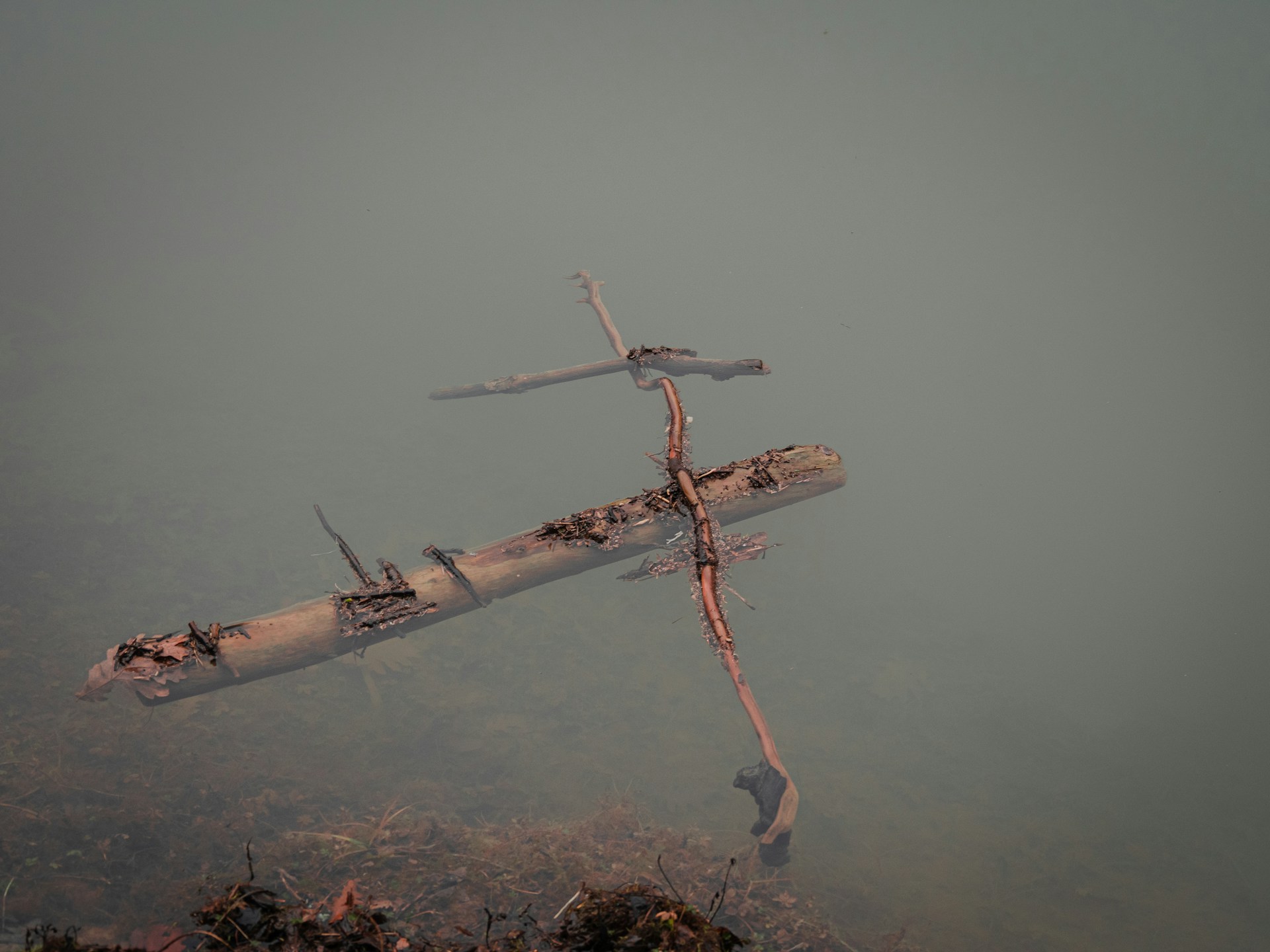An unconditional ceasefire was agreed between Thailand and Cambodia, starting midnight 28/07/2025, following intense clashes along their shared 800km border. The fighting, which lasted five days, claimed at least 36 lives and displaced over 300,000 people. Brokered during emergency talks in Putrajaya, Malaysia, the agreement offers temporary relief but underscores deeper historical tensions and longstanding unresolved issues.
The ceasefire announcement brought cautious relief to affected regions, but the fragility of the situation remains evident. Both nations agreed to further dialogues aimed at preventing future escalations. Observers note that while the ceasefire has halted active conflict, fundamental causes of tension still loom large.
Historical Context: Roots in Colonial Boundaries
The recent violence between Thailand and Cambodia is deeply rooted in colonial history and not an isolated incident. The borders in question were arbitrarily established during French colonial rule over Cambodia in the late 19th and early 20th centuries. These contentious demarcations, notably around the Preah Vihear temple and the Emerald Triangle, remain unresolved to this day. The disputes were further inflamed when UNESCO designated the Preah Vihear temple as a World Heritage Site for Cambodia in 2008, leading to a surge in nationalist fervour and several violent confrontations.
Repeated disputes over land rights, resource access, and national pride have periodically erupted into violence, reflecting a complex interplay of historical grievances, colonial legacies, and modern geopolitical realities. The entrenched nature of these disagreements makes lasting peace difficult to achieve without comprehensive bilateral negotiations and international mediation.
Humanitarian Toll
The human cost of the recent conflict has been devastating. Civilian infrastructure, including hospitals, schools, and local markets, suffered severe damage or complete destruction, compounding an already difficult humanitarian situation. Families displaced by the violence face an uncertain future, with thousands temporarily housed in makeshift shelters with limited access to essential supplies.
Relief organisations are overwhelmed, struggling to meet the basic needs of displaced persons, including food, water, medical care, and sanitation facilities. While evacuees express cautious optimism about eventually returning home, their fears remain pronounced due to ongoing instability and the unresolved root causes of the conflict. The trauma experienced by communities on both sides of the border underscores the urgency of long-term solutions.
The U.S. Role: Diplomatic and Economic Leverage
The ceasefire negotiations witnessed significant U.S. involvement, with former President Donald Trump employing trade negotiations as leverage. Trump explicitly threatened substantial tariffs on imports from both Thailand and Cambodia unless peace was swiftly restored. This assertive approach illustrates a broader geopolitical shift towards the strategic use of economic pressure in international diplomacy.
U.S. Secretary of State Marco Rubio further emphasised the American position, highlighting the need for both governments to honour their commitments and maintain regional stability. The involvement of the United States also reflects growing concerns among international powers about the potential for such regional conflicts to destabilise broader economic and security interests.
Key Figures in the Thailand Cambodia Ceasefire
- Hun Manet, Prime Minister of Cambodia and son of Khmer Rouge defector and “utterly merciless and ruthless” Senate President Hun Sen, represents a younger generation advocating international mediation and comprehensive diplomatic engagement. He has highlighted the necessity of addressing historical disputes through peaceful dialogue, but his father’s influence cannot be understated in dictating Cambodia’s foreign policy.
- Phumtham Wechayachai, Thailand’s Acting Prime Minister, carefully balanced the domestic political pressures and the urgent need for a peaceful resolution. His cautious diplomacy was instrumental in de-escalating tensions.
- Anwar Ibrahim, Malaysian Prime Minister and ASEAN Chair, played a pivotal role by hosting and facilitating peace talks. Ibrahim emphasised the critical importance of regional cooperation, unity, and stability in Southeast Asia.
Forward Outlook
The price of no solution is total destruction.
John Hume – Awarded the Nobel Peace Prize in 1998
While the immediate threat of violence has been curtailed, the underlying nationalist feeling, centuries-old, colonial-era border disputes and soured relationships remain unresolved. Achieving lasting peace will require sustained dialogue to address the core issues. Continued international involvement, particularly by ASEAN member states and influential external actors like the US and China, will be vital in supporting long-term stability and reconciliation efforts.
In the interim, ensuring humanitarian aid reaches affected populations and rebuilding essential infrastructure must remain immediate priorities. Addressing these challenges will alleviate suffering and set a stronger foundation for an enduring peace that will help to make the affected regions of both nations safe and prosperous for local residents, and attractive destinations for tourists, retirees and expats once again.

